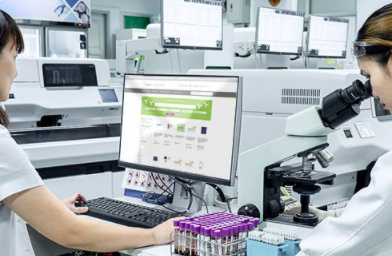Just like nearly every other ecosystem, the life science supplies market is changing. In this ongoing shift, purchasing professionals are presented with a range of technology options, from point solutions like catalog management or invoice management, to enterprise options that help manage the business end-to-end. Selecting the right platform can be challenging. Especially in a rapidly evolving market, here are four things to look for when choosing software for life sciences:
Software-as-a-Service began to rise to prominence in the mid-2000s with the launch of companies like Concur and Salesforce.com, and in the decade that has elapsed, cloud adoption has become much more commonplace. There remain many healthcare organizations who still manage their applications on-site, because of HIPAA concerns, lack of migration budgets, or preference.


In the era of intuitive search, predictive text, and AI-assistants, users have high expectations when it comes to search functionality. Purchasing platforms need to have a search-engine-like experience when scientists or staff are looking for products. Especially because some laboratory supplies may have long or complex names, relying on exact-match search becomes extremely frustrating for those who are interacting with the system. You are empowered to look for efficiencies and cost savings in the lab while still delivering a better user experience.

There’s certainly no dearth of data out there, but if you can’t access it in your legacy purchasing system or process, your department can’t act on it. Similarly, if your system does expose data but it’s hard to organize, you can still find yourself challenged to use it in any meaningful way. Modern procurement platforms will provide, in a graphical display, information like purchase volumes, search terms, purchasing by users, and fulfillment by supplier.

Being able to hook into existing systems across the laboratory or hospital environment is key when selecting a new purchasing platform. For example, because cloud-based procurement platforms can integrate into your existing procurement workflows and systems, you are able to automate order creation and invoicing. You have access to more real-time information, including your existing inventory, and rather than starting from scratch, you can leverage current processes, reducing the inevitable friction that comes with change.